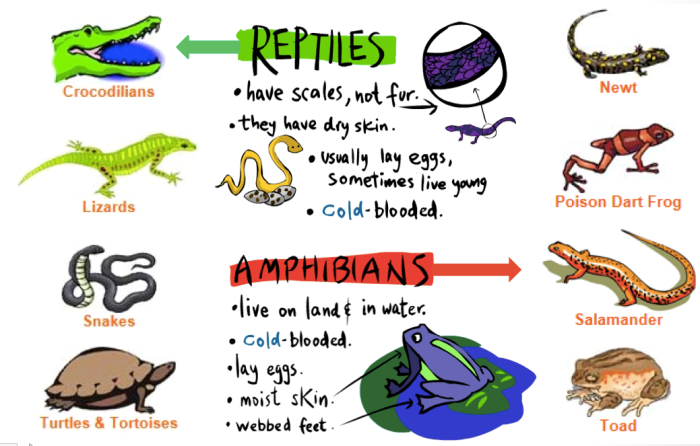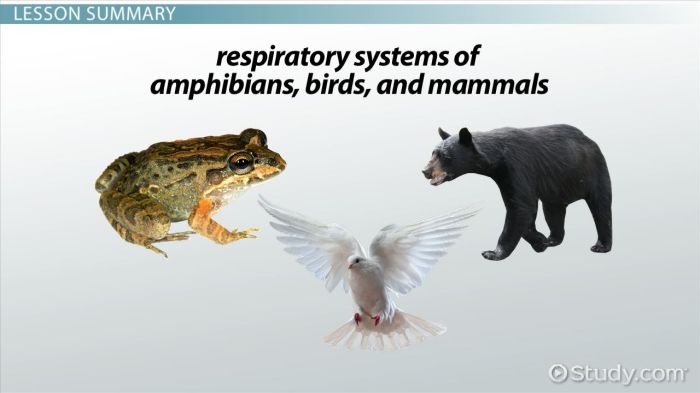Unveiling the mysteries of the animal kingdom, the fish or mammals evidence organizer answer key presents a comprehensive guide to understanding the fundamental differences between these two distinct groups. By examining their evolutionary history, adaptations, and ecological roles, we embark on a captivating journey into the world of aquatic and terrestrial vertebrates.
The diversity of life on Earth is showcased through the contrasting characteristics of fish and mammals, highlighting the remarkable adaptations that have shaped their survival and success in vastly different environments.
Fish and Mammals Classification

Fish and mammals are two distinct groups of vertebrates that exhibit a wide range of diversity in terms of their physical characteristics, habitats, and behaviors. While they share some common features, such as a backbone and a closed circulatory system, there are key differences that distinguish these two groups of animals.
One of the most striking differences between fish and mammals is their body covering. Fish have scales, which provide protection and reduce drag in water. Mammals, on the other hand, have fur or hair, which insulates them and helps to regulate their body temperature.
Another key difference between fish and mammals is their respiratory system. Fish breathe through gills, which extract oxygen from water. Mammals, on the other hand, breathe through lungs, which extract oxygen from air.
Finally, fish and mammals reproduce in different ways. Fish typically lay eggs, while mammals give birth to live young. Mammals also have a more developed parental care system than fish, with mothers providing milk and protection to their offspring.
Evolutionary Relationships
Fish and mammals evolved from a common ancestor that lived in the ocean around 500 million years ago. Over time, these two groups of animals diverged, adapting to different environments and developing unique characteristics.
Fish remained in the aquatic environment, evolving into a wide variety of species that occupy all types of water bodies, from freshwater streams to the deep ocean. Mammals, on the other hand, moved onto land, evolving into a diverse group of animals that includes everything from mice to elephants.
Habitat and Adaptations
Fish and mammals are found in a wide variety of habitats, from the deep ocean to the tops of trees. Each group of animals has evolved specific adaptations that allow them to survive in their respective environments.
Fish have adaptations that allow them to swim efficiently and extract oxygen from water. These adaptations include fins, gills, and a streamlined body shape. Mammals, on the other hand, have adaptations that allow them to live on land, such as fur, lungs, and limbs for walking or running.
Respiration and Circulation
Fish and mammals have different respiratory and circulatory systems that are adapted to their respective lifestyles and environments.
Fish have a single-circuit circulatory system, which means that blood passes through the heart only once before being pumped to the body. Mammals, on the other hand, have a double-circuit circulatory system, which means that blood passes through the heart twice before being pumped to the body.
Fish have gills, which extract oxygen from water. Mammals, on the other hand, have lungs, which extract oxygen from air.
Reproduction and Development
Fish and mammals reproduce in different ways, reflecting their different lifestyles and environments.
Fish typically lay eggs, which are fertilized externally by the male. The eggs hatch into larvae, which develop into juvenile fish and eventually into adults. Mammals, on the other hand, give birth to live young. The young are born in a relatively advanced state of development and are able to nurse from their mothers.
Ecological Roles
Fish and mammals play important ecological roles in their ecosystems.
Fish are a major food source for many other animals, including birds, reptiles, and mammals. They also play a role in the cycling of nutrients in aquatic ecosystems.
Mammals are also a major food source for other animals. They also play a role in seed dispersal and pollination.
Human Interactions, Fish or mammals evidence organizer answer key
Humans have a long history of interacting with fish and mammals.
Fish are an important food source for humans, and they are also used for recreation, such as fishing and diving. Mammals are also an important food source for humans, and they are also used for transportation, clothing, and other purposes.
User Queries: Fish Or Mammals Evidence Organizer Answer Key
What is the key difference between fish and mammals?
Fish possess gills for respiration and are ectothermic (cold-blooded), while mammals have lungs and are endothermic (warm-blooded).
How do the habitats of fish and mammals influence their adaptations?
Fish are adapted to aquatic environments with streamlined bodies and fins, while mammals exhibit diverse adaptations based on their terrestrial, arboreal, or aquatic lifestyles.
What is the ecological significance of fish and mammals?
Fish and mammals play crucial roles in maintaining ecosystem balance as predators, prey, and keystone species, contributing to nutrient cycling and biodiversity.
